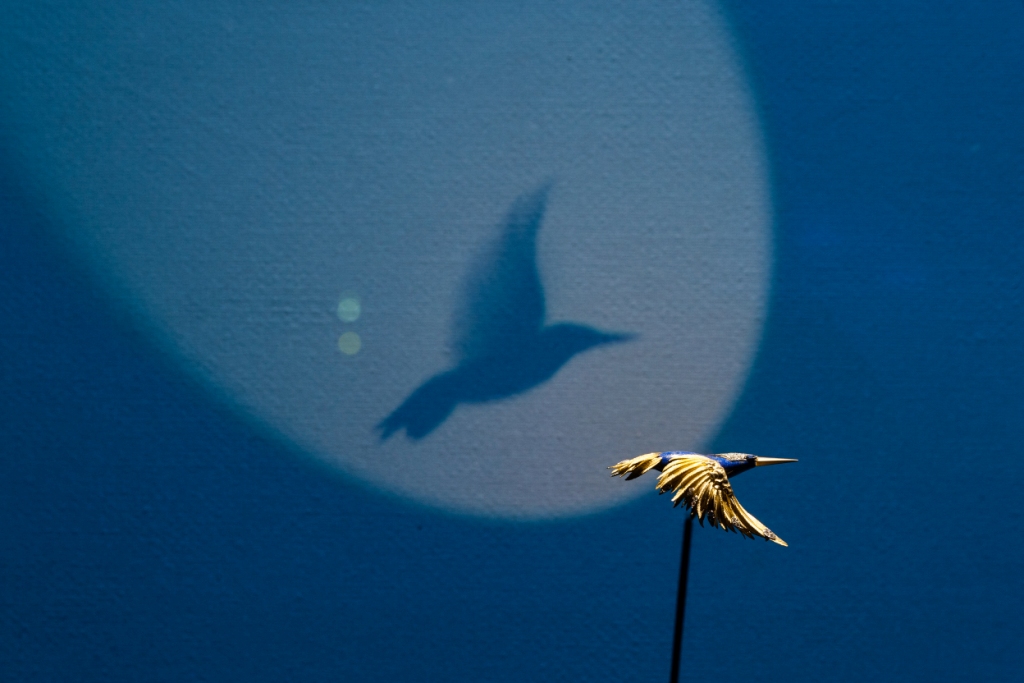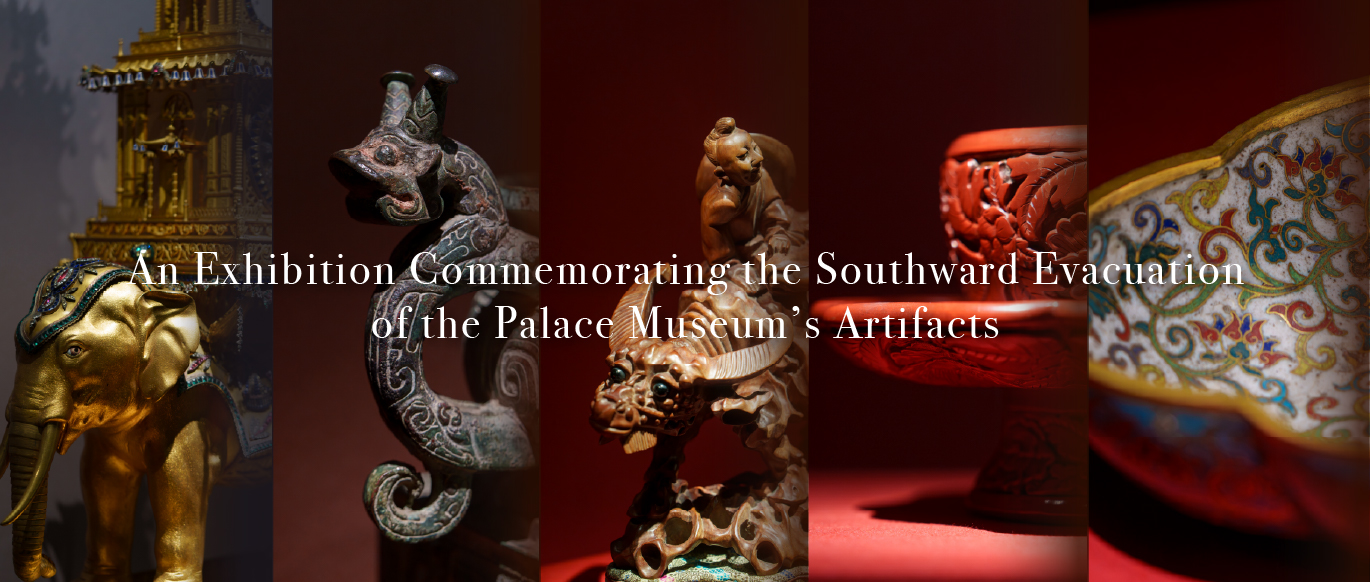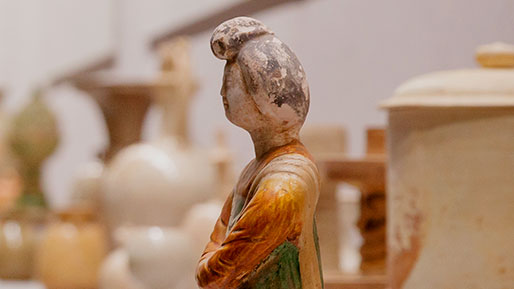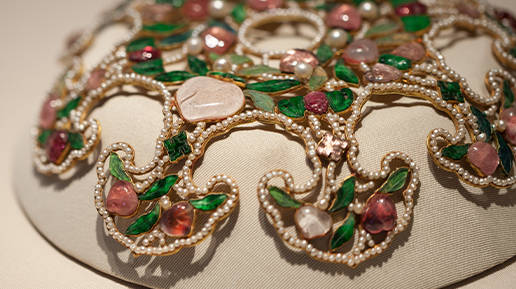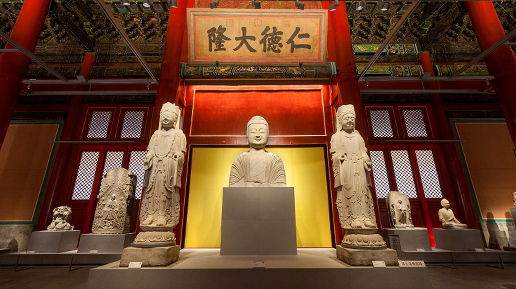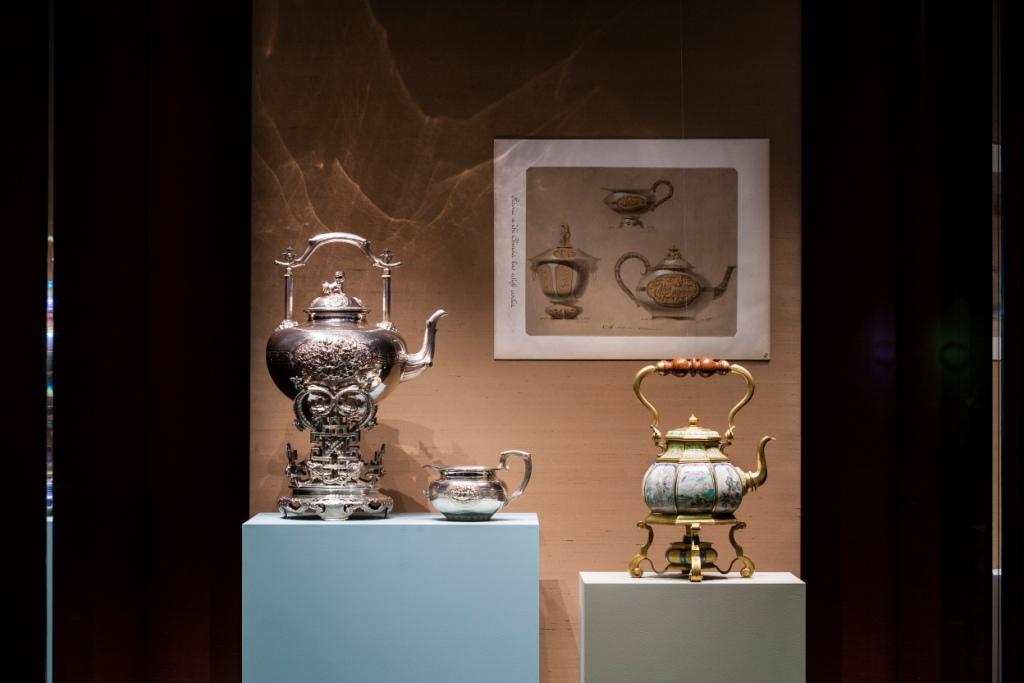
The Forbidden City has always been a home to treasures. As the imperial residence for five hundred years, the palace collected items through tributes and trade. These came not only from across China and neighbouringcountries: exquisite arts and crafts also came from the West, of which items from France, Britain and other Europeancountries are the most common. The Palace Museum houses a wealth of western artefacts, including a varietyof instruments, timepieces, weaponry, jewellery, brocade, tableware, and toys. The dazzling arrays of objects areevidence of the continuous trading activities and cultural exchanges between the East and West through variouschannels, via overland or maritime routes, even during the so-called closed-door period.
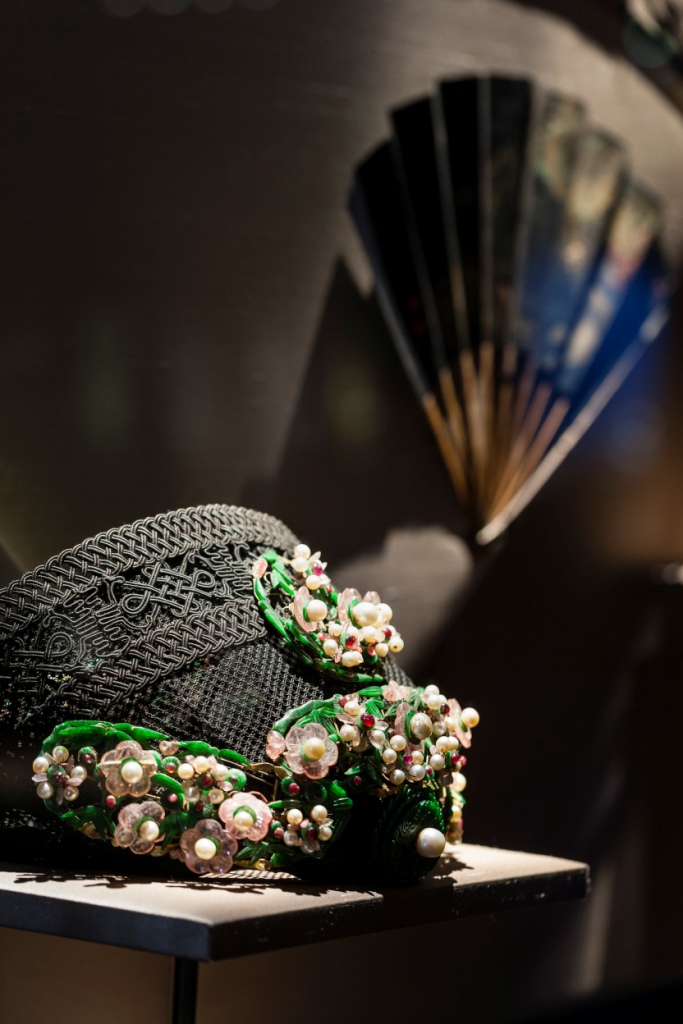
As the world entered the modern era, the Chinese civilization retained a unified empire over a vast territory,and spread its influence to neighbouring countries. At the same time, France was on the ascendant in the West,dazzling Europe. To illustrate these glorious pages of history, the Palace Museum exhibition Emperor Kangxi of China(1662-1722) was held in France at the Palace of Versailles, as part of a year of cultural exchange betweenChina and France in 2004 and 2005. The Palace Museum also hosted a reciprocal loan show, Louis XIV, the SunKing. This special exhibition was held in the newly renovated Meridian Gate (Wu men), and was the first exhibitionto take place in the great hall following its renovation. The Chinese then Premier Wen Jiabao and French Prime Minister Jean-Pierre Raffarin cut the ribbon at the opening ceremonies for these two exhibitions. In 2008,the Meridian Gate hosted another exhibition, Napoleon et le Louvre, the first cooperative exhibition between the Palace Museum and the Louvre Museum. Over more than a decade, the Palace Museum has also held wonderfulcooperative exhibitions with museums of Sweden, Britain, Russia, Spain, Belgium, Germany, the United States, and India. Now, the Meridian Gate welcomes Chaumet, one of the most time-honoured names in the French jewellery industry, for an exhibition bringing together East and West and offering a splendid feast for our eyes.
Subtitled “The Art of Jewellery Since the 18th Century”, the title of this exhibition was chosen by its curator, quoting a poem from Airs of the States — a section of the Book of Songs. The verse describes how a bride attentivelylooks at her groom, dressed up for the wedding, as he enters the room. Her eyes sparkle with joy and hope. Thiselegant classical poem places Chaumet’s bridal jewellery collection in a Chinese cultural setting.
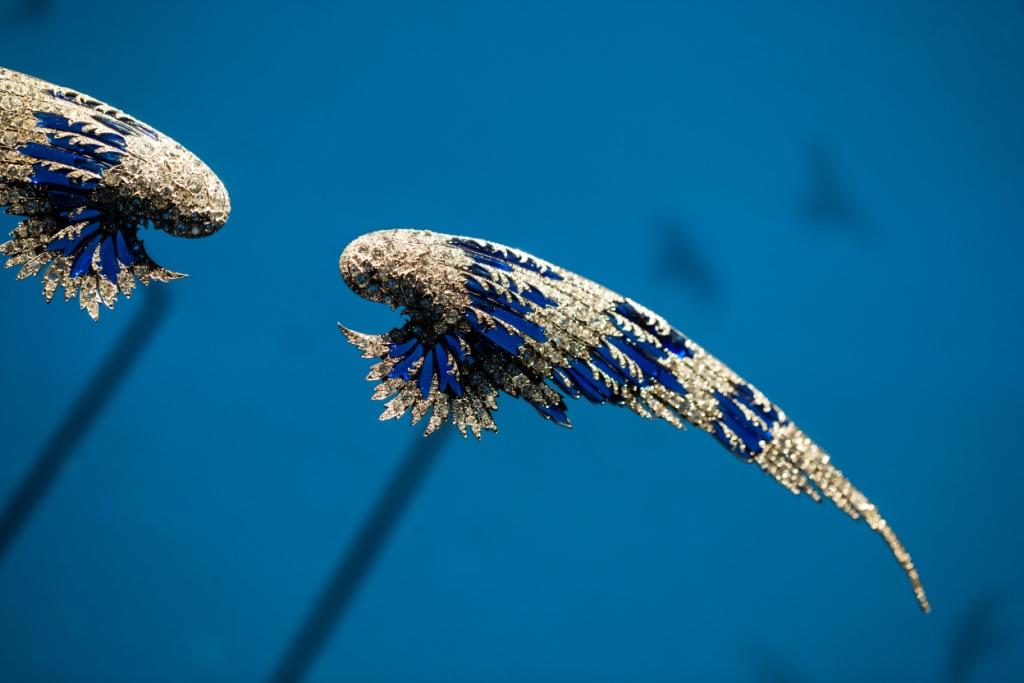
The jewellery in this exhibition bears witness to the most splendid royal coronations in French history, and tothe wedding of Napoleon and his empress Joséphine. Despite social revolutions, the evolution of fashion, the riseand fall of dynasties, and crises and wars over past two hundred years, Chaumet has passed down its superb craftsmanshipfrom generation to generation, seeking excellence in every historical period. While closely examining thebeauty of these artworks, visitorswill at the same time be struck by this spirit of craftsmanship.

Across the Forbidden City’s five hundred years of history, court craftsmen worked by imperial order to createcountless fine and exquisite objects. The masterpieces of the Imperial Workshop not only account for a good partof the Palace Museum collection but also enrich many other museum collections worldwide. For the Palace Museumto pass down the historical glory of the Forbidden City, it needs to use this outstanding spirit of craftsmanship,to search for and draw on the essence of tradition, to preserve and continue the craftsmanship of imperialvirtuosos, and to strive for continuous refinement. The true spirit of craftsmanship is a tireless dedication to excellencestretching across the decades, looking beyond practical concerns and personal benefit. This is the call of thetimes as well as the most valuable spirit for China’s present development.
One interesting feature of this exhibition is a parallel display of Chinese-style artefacts from the Chaumet collection and items from the Palace Museum collection. The exhibits from the Chaumet collection, including tea sets, folding fans, and jade carvings, reflect the influence of eastern lifestyles and aesthetics on the West. Incontrast, the display also reveals the Qing imperial family’s fondness for western timepieces and ornaments. Thispart of the exhibition has been deliberately designed to allow a lively dialogue across time and space, showing similaritiesand differences in techniques, aesthetic ideals, symbolic imagery and creative experiences between the Eastand the West.
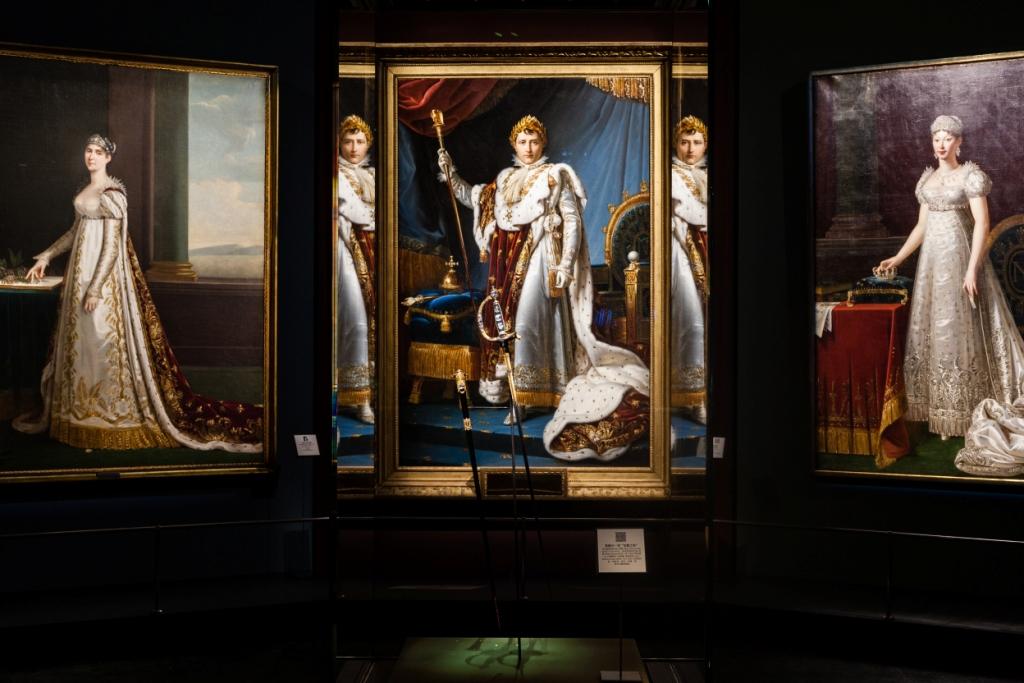
As a major reservoir of traditional Chinese art and culture, the Palace Museum is striving to become moreaccessible to broader audiences so as to serve society and to pave the path to the future, fulfilling its mission toprotect cultural heritage and to disseminate culture. We have been focusing on bridging the traditional and themodern, the East and the West, scholarly discernment and popular taste. We have also consistently employed newtechnology to create a multi-level and multi-dimensional platform.Each exhibition, each publication, each media release, each educational activity, and each renovation of the historic architecture, is intended to introduce moreof the essence of the past to modern society and to serve the public.
From the Place Vendôme in Paris to the Forbidden City in Beijing, Chaumet has brought us the supreme elegance and exquisiteness of France. I wish great success for this exhibition and hope Chaumet enjoys great popularityin China!
